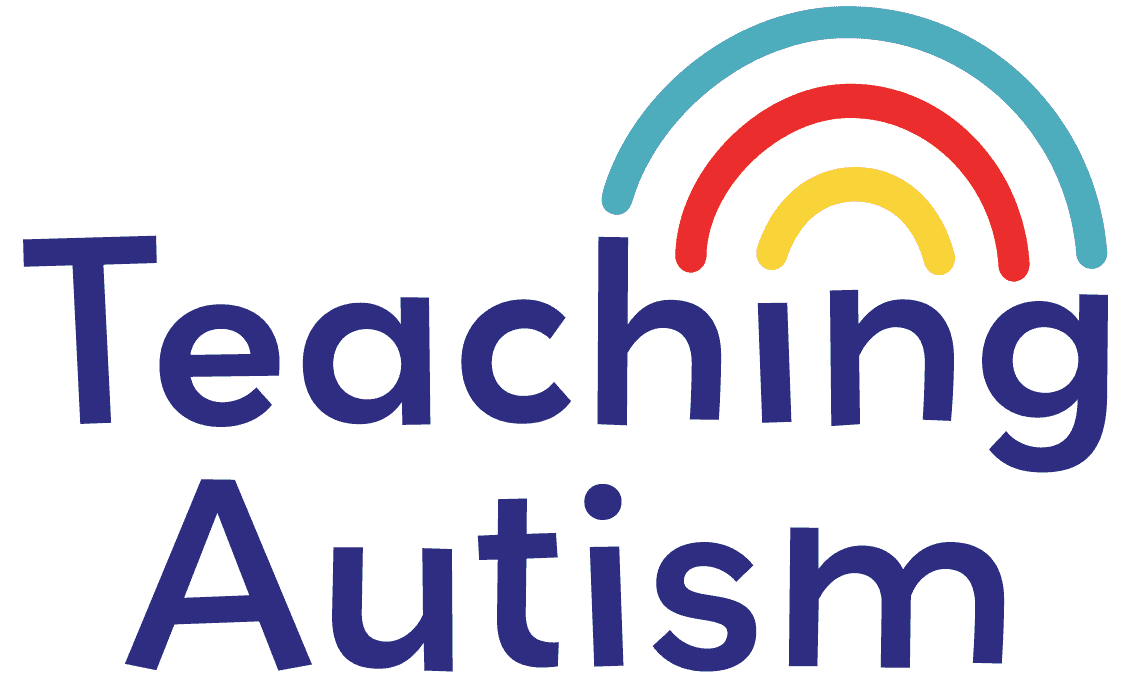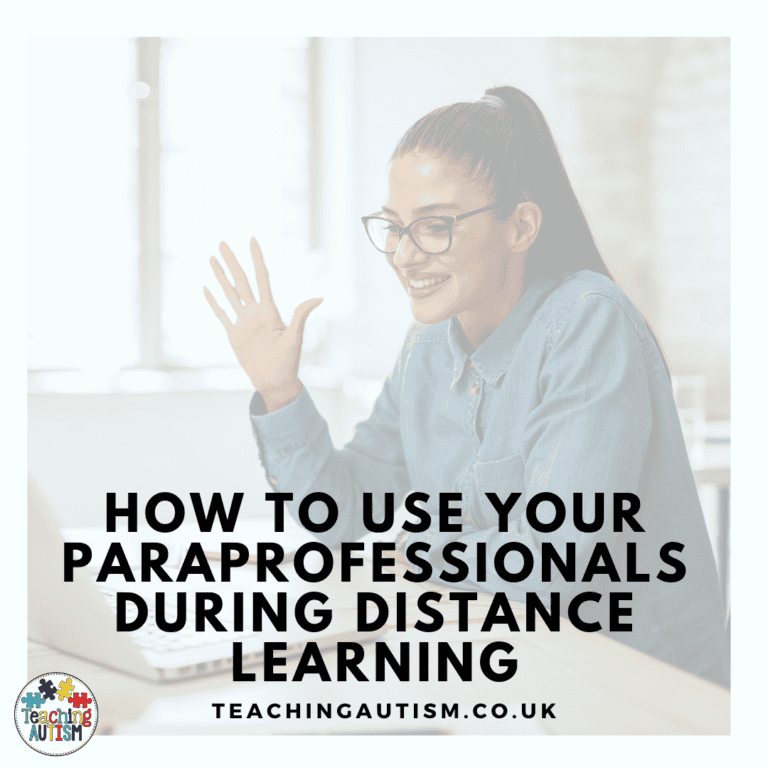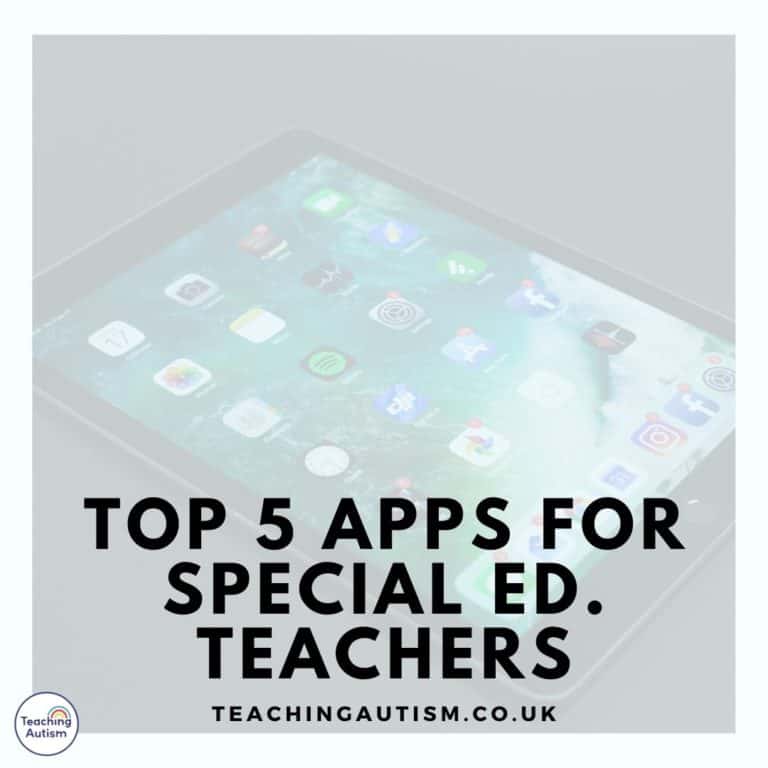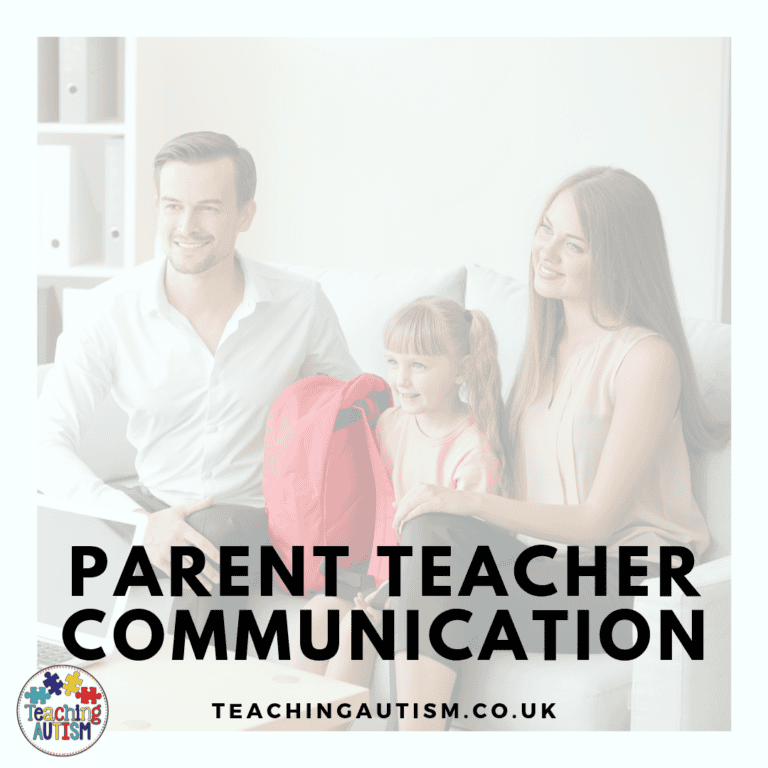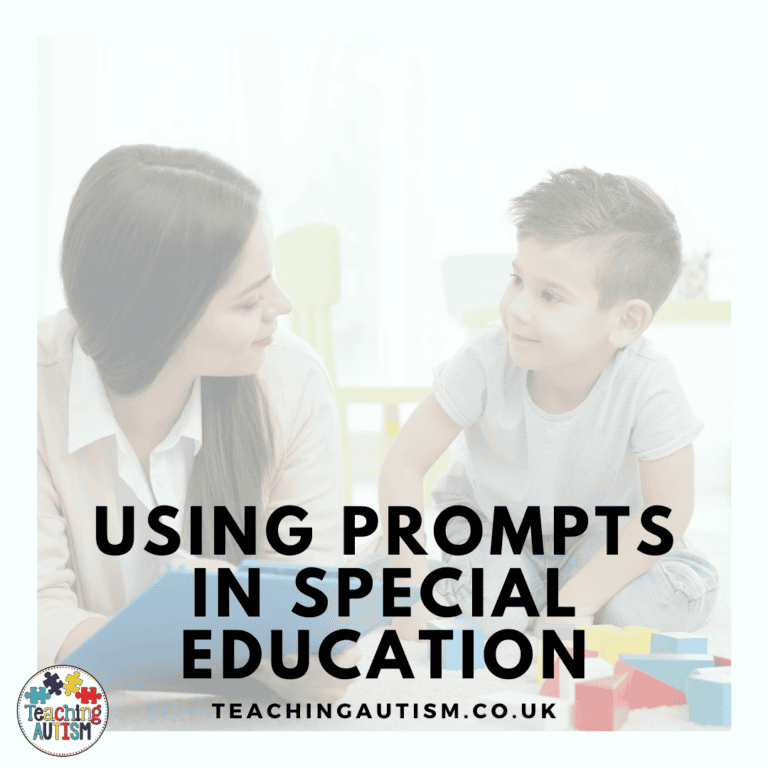Differentiation vs. Individualization
Differentiation vs. Individualization – What’s the Difference? Let’s talk about two words that get thrown around a lot in special education: differentiation and individualization.
You’ve probably heard them used interchangeably at staff meetings, IEP discussions, and maybe even in the occasional Pinterest-worthy teacher quote. But here’s the thing: they are not the same. And knowing the difference? It actually makes your life easier, not harder.
So let’s break it down, with real classroom examples, a little humor, and of course, a neuro-affirming twist. And if you want even more clarity around how to support your students in meaningful, doable ways, my Autism Classroom Training dives deeper into this (plus a ton of visuals and tools to help you actually implement it).
First: why does it even matter?
Great question.
Understanding the difference between differentiation and individualization isn’t just about sounding fancy at your next team meeting. It helps you plan smarter, advocate better, and, most importantly, meet your students where they actually are.
Because one-size-fits-all? Yeah, that hasn’t worked since… ever.
So what is differentiation?
Differentiation is when you take the same lesson or goal and adjust it so it works for a range of learners. Everyone is doing the same activity, but how they access it or show what they know might be different.
Think of it like a taco bar.
Same basic ingredients. Everyone builds it their own way.
- Some students get a visual checklist to follow the steps.
- Others might use sentence starters or picture supports.
- One student might complete the task using a communication device.
- Another might write 5 sentences while someone else writes 1 word answers.
You’re not creating 25 different lessons. You’re teaching one thing in multiple ways.
Differentiation = group-friendly, flexible, built-in supports.
And what’s individualization?
Individualization goes one step further. This is when you design something specifically for one student based on their unique goals, needs, and support plan (usually found in their IEP or EHCP).
It’s not about tweaking the taco bar, it’s about creating a whole different meal because one student doesn’t even eat tacos.
Individualized instruction is based on that student’s data, their learning profile, and often includes totally separate materials or objectives.
Examples:
- A student working on matching identical objects while the rest of the class is sorting by categories.
- A student practicing requesting using AAC while others are working on narrative writing.
- A student using a sensory regulation routine mid-lesson instead of participating in group work.
Individualization = one-to-one, highly personalized, often IEP-driven.
Still confused? Here’s a quick comparison:
| Differentiation | Individualization | |
|---|---|---|
| Focus | Same goal, different paths | Different goals, based on individual needs |
| Group size | Small group or whole class | One student |
| Purpose | Make content accessible to all | Meet a specific student’s unique needs |
| Based on | General learning needs | IEP, assessments, personalized goals |
| Example | Varying writing tasks in one lesson | Custom task box for one student’s IEP goal |
What does this look like in a SPED classroom?
Let’s say you’re teaching a lesson on community helpers.
Differentiation might look like:
- One group matching pictures to words (visual support)
- One group writing sentences about what each helper does
- One group using adapted books or interactive Boom Cards™
Individualization might look like:
- One student using a task box to practice identifying people vs. objects (because that’s their goal)
- One student using a social narrative about visiting the doctor (related to a real-life upcoming appointment)
Both are happening at the same time, and that’s the beauty of a SPED classroom. It’s like juggling hula hoops while riding a unicycle, but somehow you’re doing it.
When do I use which?
Here’s the golden rule I use:
Differentiate for access.
Individualize for needs.
Start with your classroom’s main goals and expectations. Then layer on differentiation so more students can engage meaningfully. After that, look at individual IEPs or support plans and see who needs a totally different approach.
You don’t need to individualize everything for every student every day. That’s how we burn out. Focus on building a strong, differentiated classroom base, then zoom in where individualization is truly needed.
What about behavior?
Ahh, good question.
You can differentiate your behavior supports too! Think flexible break systems, visual reminders, or multiple regulation tools available to all.
But you may also need to individualize behavior plans, like personalized reinforcement systems, specific sensory diets, or behavior intervention plans written into the student’s IEP.
Just like with academics, think:
“What can be built in for everyone?” (Differentiation)
“What needs to be totally unique?” (Individualization)
A quick word on fairness vs. equity
This is where we hear, “But that’s not fair!”
Here’s my favorite way to explain it to adults and kids:
Fair doesn’t mean everyone gets the same…. Fair means everyone gets what they need to succeed.
Whether you’re adjusting a writing task or creating an entirely individualized routine for one student, the goal is the same: access, dignity, and progress for all learners.
Differentiation and individualization aren’t about doing more, they’re about doing what matters.
It’s not about reinventing the wheel every day. It’s about building a classroom where every student feels seen, supported, and successful… whether they need a little flexibility or a totally customized plan. And if all of this still feels a little fuzzy? That’s okay. Inside Autism Classroom Training, I break it all down with templates, visuals, real classroom videos, and done-for-you supports, so you’re never starting from scratch.
If you found this blog post helpful please consider sharing it with your friends and colleagues on social media.
Helpful Links
You may also be interested in;
- 10 Tips for First Year Special Education Teachers
- My Top 5 Visuals for School
- Supporting Autistic Students During Transitions
- Morning Meeting in Special Education
P.S. Have you signed up for my VIP membership yet? If not, head on over and sign up now. You’ll get access to hundreds and hundreds of resources, templates, crafts and more being uploaded every month!
Nikki
